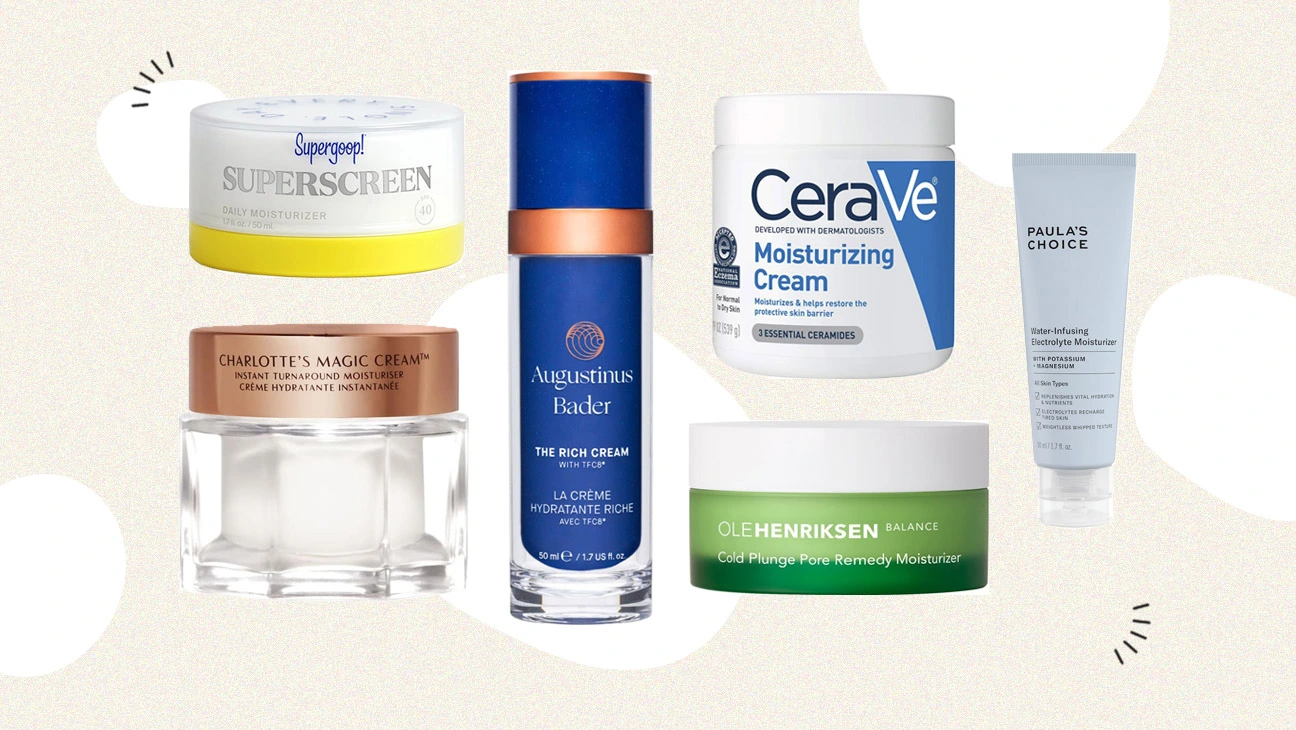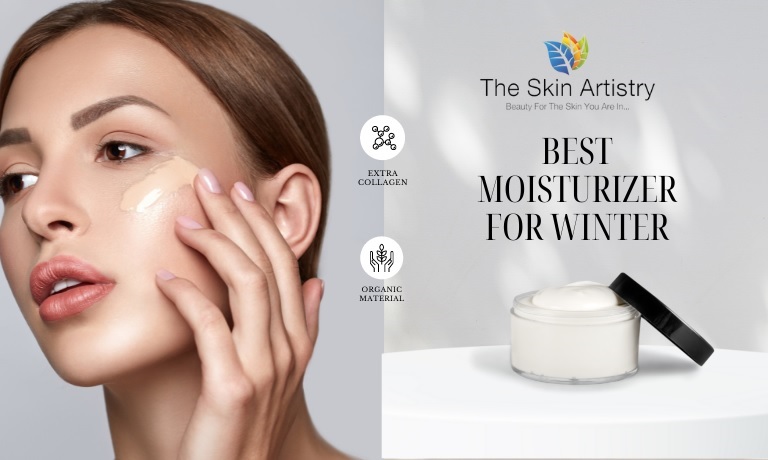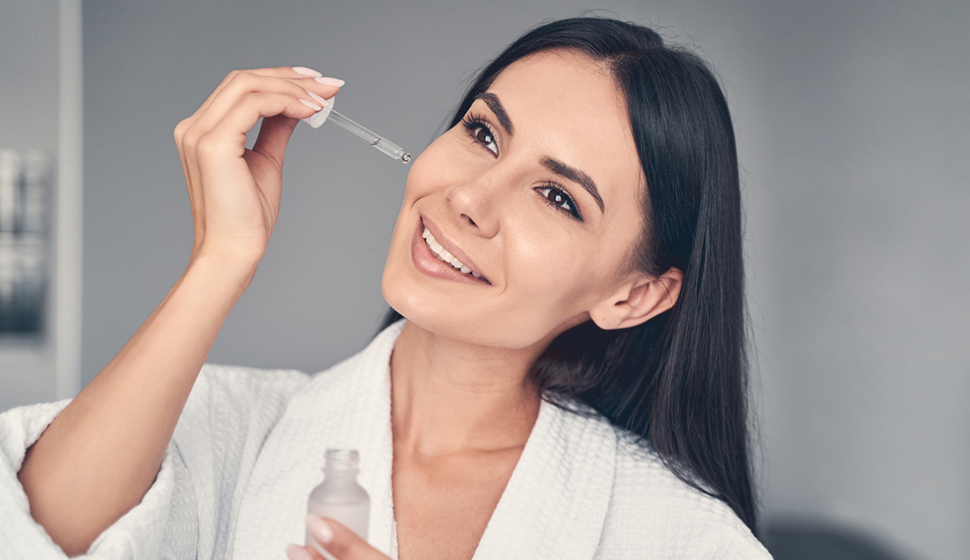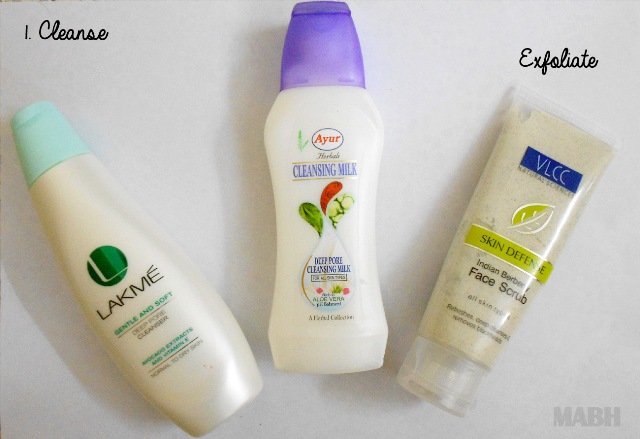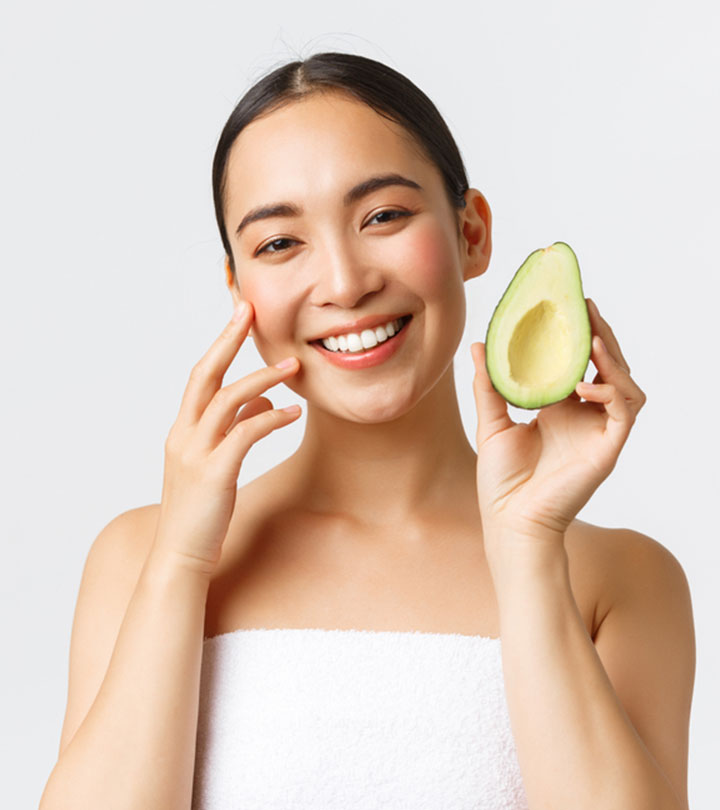Dark circles under the eyes can make you look tired and older than you actually are. While there are many causes of dark circles, including genetics, allergies, and lack of sleep, there are several beauty tips you can try to help reduce their appearance.
- Get enough sleep: Lack of sleep is a common cause of dark circles. To help reduce their appearance, aim for 7-8 hours of sleep each night. If you have trouble sleeping, try establishing a relaxing bedtime routine, such as taking a warm bath or reading a book.
- Use a cold compress: Applying a cold compress to your under-eye area can help reduce puffiness and inflammation, which can make dark circles more noticeable. You can use a cold washcloth or a chilled eye mask for this purpose.
- Stay hydrated: Dehydration can cause the skin under your eyes to appear dull and dark. To keep your skin looking its best, drink plenty of water throughout the day.
- Use a brightening eye cream: There are several eye creams available that can help reduce the appearance of dark circles. Look for products containing ingredients like vitamin C, caffeine, and retinol, which can brighten the skin and improve its texture.
- Apply concealer: If your dark circles are still noticeable after trying the above tips, you can use concealer to help camouflage them. Choose a concealer that matches your skin tone and has a creamy, moisturizing formula.
- Use color corrector: If you have severe dark circles with a blue, green or purple hue, a color corrector may help. Peach or orange-based correctors can neutralize these colors, giving a brighter and more even complexion.
- Reduce your salt intake: Consuming too much salt can cause your body to retain water, leading to puffiness and dark circles under the eyes. Try reducing your salt intake to see if it makes a difference.
- Wear sunglasses: The skin around your eyes is thin and delicate, and exposure to the sun’s harmful UV rays can cause dark circles to appear more prominent. Wearing sunglasses can help protect your skin and reduce the appearance of dark circles.

Dark circles under the eyes can be a frustrating cosmetic concern, but there are several beauty tips you can try to help reduce their appearance. By getting enough sleep, using a cold compress, staying hydrated, using a brightening eye cream, applying concealer, using a color corrector, reducing your salt intake, and wearing sunglasses, you can help reduce the appearance of dark circles and achieve a brighter, more youthful-looking complexion.




